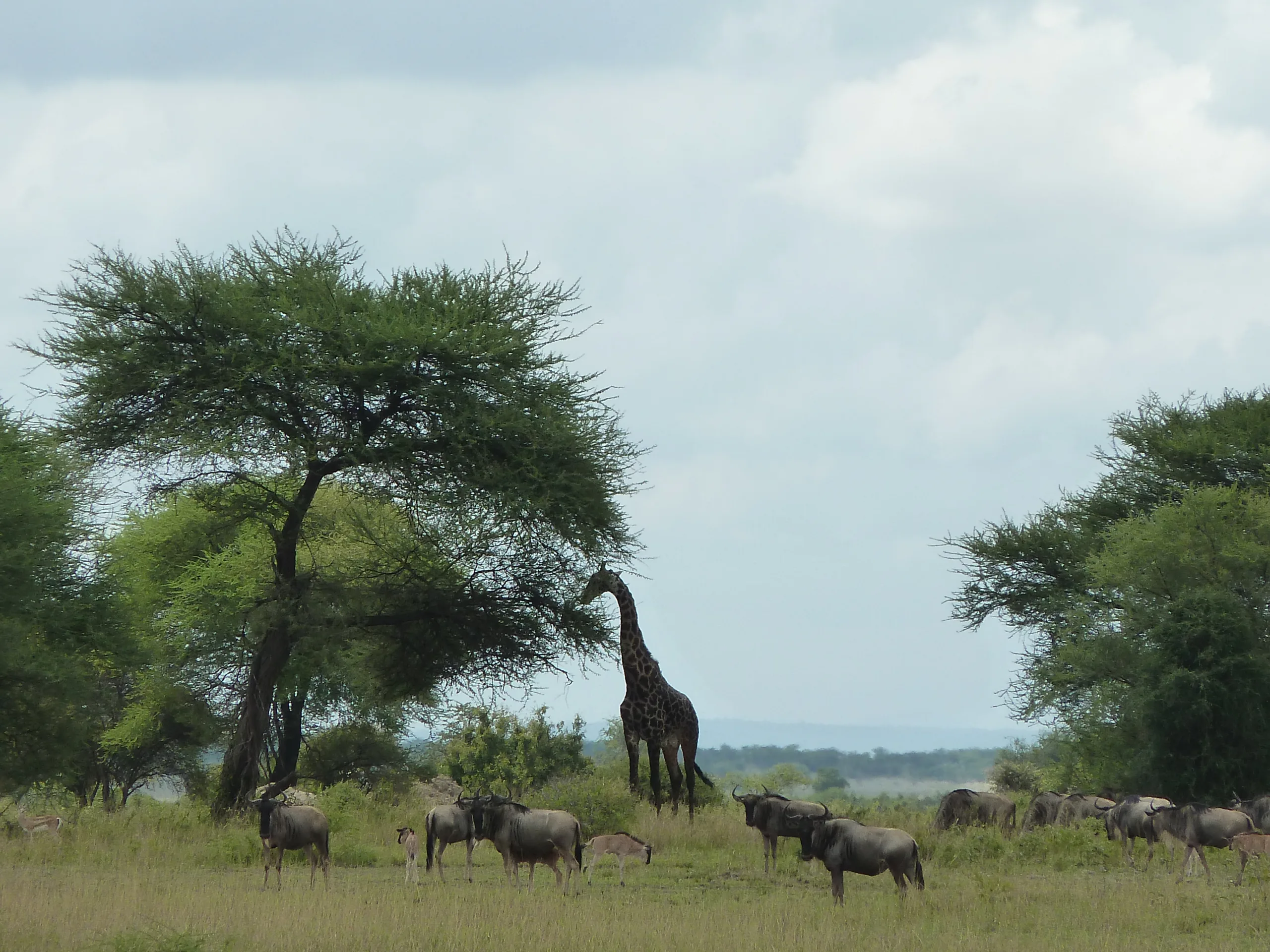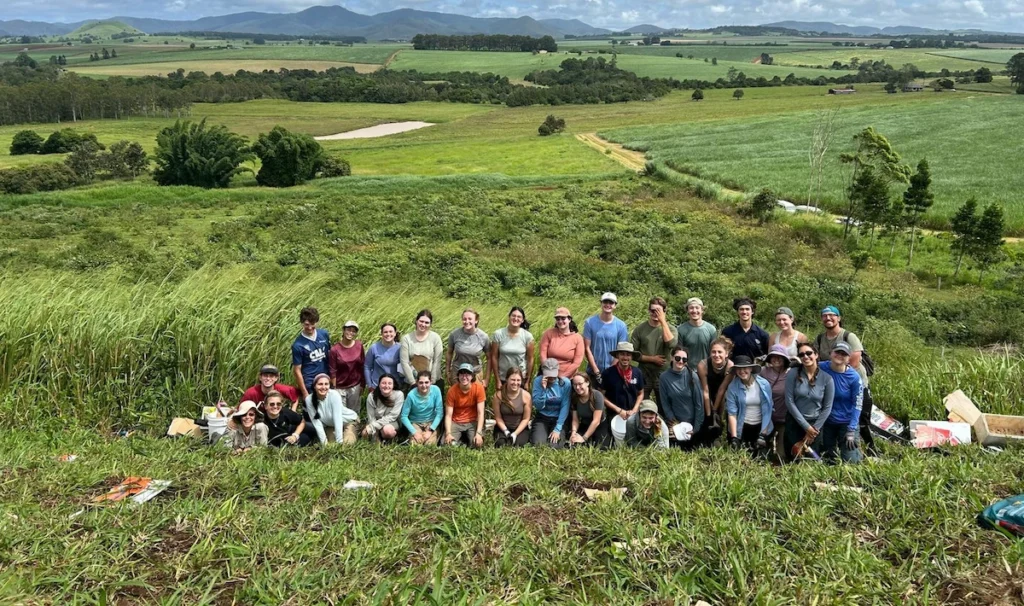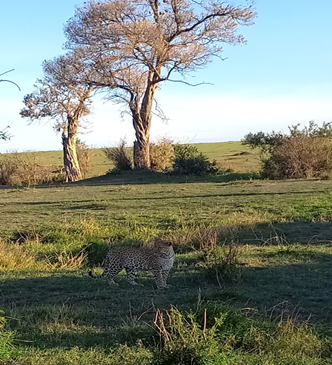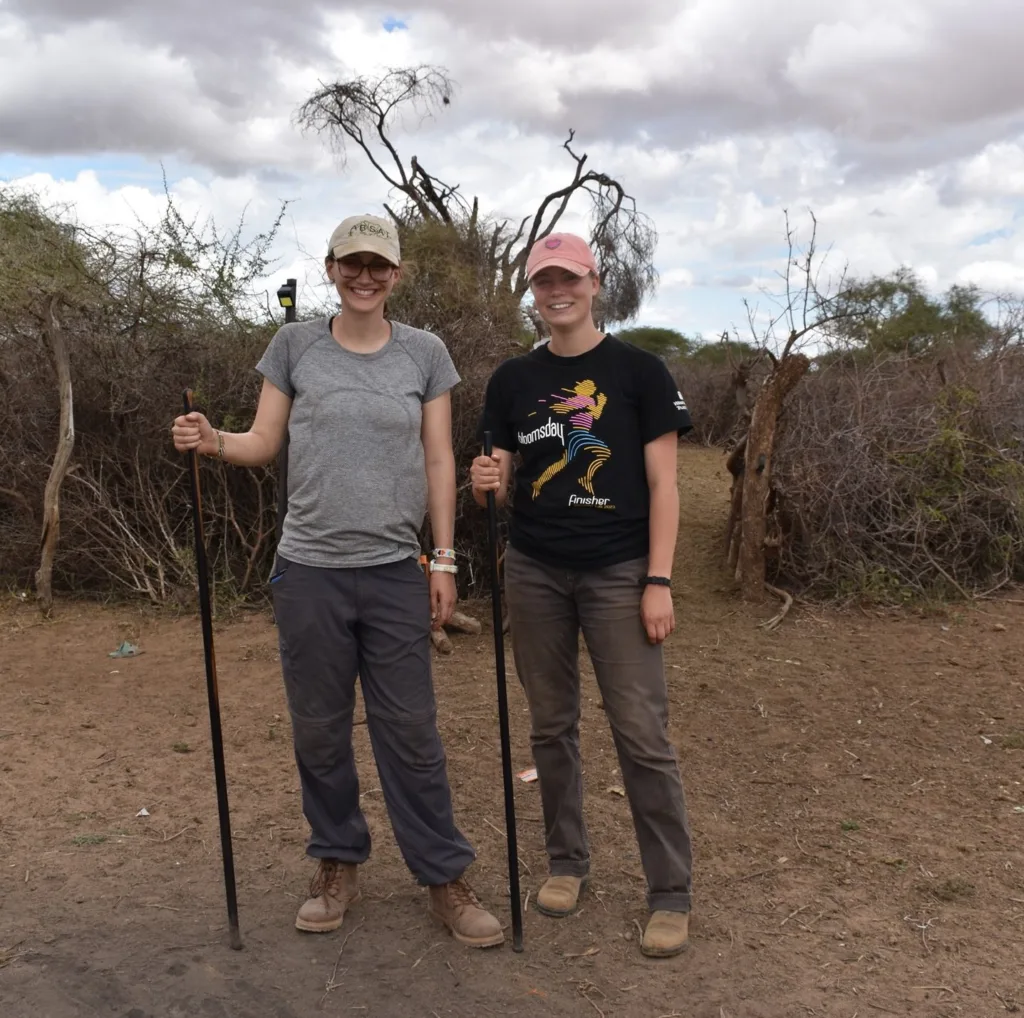Challenges of Conserving Migratory Wildlife Species
It is now about half-time in the SFS program, but instead of having a break, students are now really getting into the issues and challenges of conserving wildlife in the Tarangire-Manyara Ecosystem. The week started off with an inspiring guest lecture given by Tom Morrison. Using data from his Ph.D. work, Tom presented a comprehensive overview on the wildebeest migration and illustrated how photographic capture-mark recapture methods can be used for applied wildlife conservation projects.
Wildebeest utilize Tarangire and Manyara National Park during the dry season and leave the parks during the wet season to give birth in the nutrient rich plains near Lake Natron (about 130km north of Tarangire) or in the Simanjiro plains to the east of Tarangire. These wet season ranges largely lack formal protection status and hence, wildebeest face serious threats during a critical time of the year.

Earlier this semester, SFS students conducted a wildlife survey in Manyara Ranch and met a part of the wildebeest migration (see picture). While wildebeest are protected in the ranch, other areas along the migration route are severely encroached by human settlements and agricultural expansions. Planned road constructions may accelerate these human developments and illegal hunting is widespread. The task that SFS staff, students, and other researchers in the ecosystem are now tackling collaboratively is to identify bottlenecks along the migratory route, so that these critical areas can be effectively protected.
Another recent highlight of the SFS program was a visit to the Hadzabe near Lake Eyasi. The Hadzabe live in small groups of 10-30 people and still maintain a hunter-and-gatherer lifestyle: the men hunt baboons and antelopes with bows and arrows and the women collect tubers, fruits, and seeds for their subsistence. This visit provided a rare insight into a culture that is so different from our modern “society,” and yielded an interesting perspective on how humans can live in and with nature.
Related Posts

Cinder Cone Chronicles: Lessons from Drought, Data, and Determination

